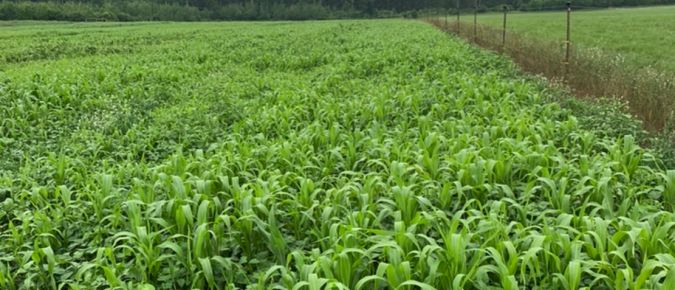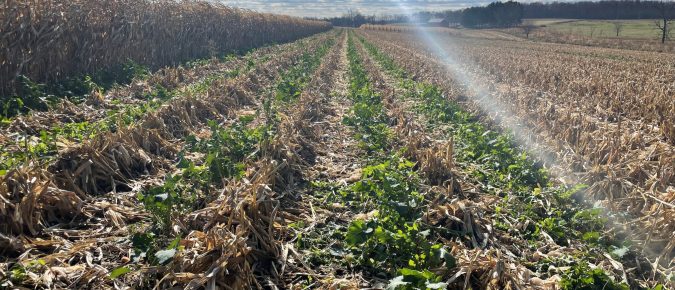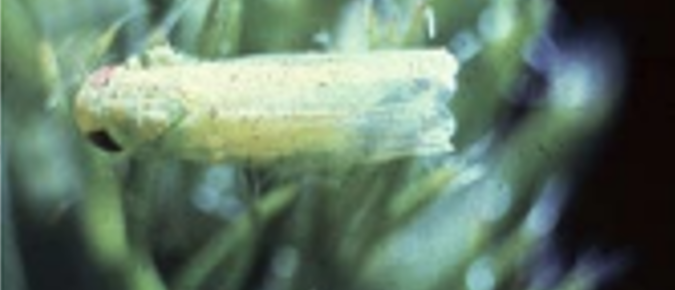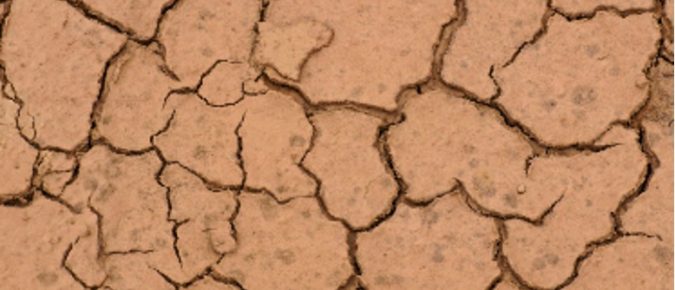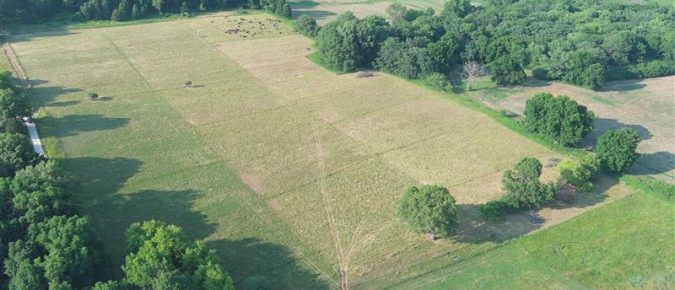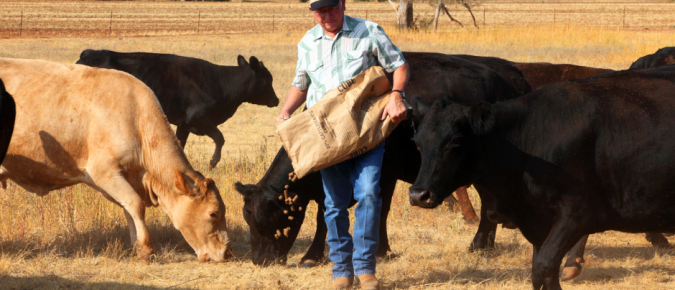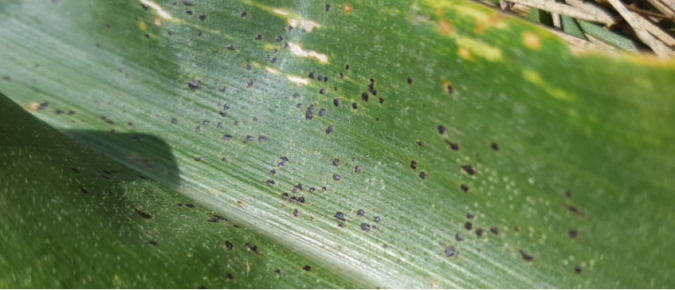Sorghum plants such as sudangrass and sorghum-sudan hybrids are tropical summer annuals well adapted to drought conditions with leaves and stems with a waxy covers that limits water losses. They are widely grown for grazing, silage as well as green chop in areas that are too dry for corn.
Whether it’s reducing nitrates leached to groundwater, phosphorus to our water bodies or increasing soil organic matter and microbial biomass, the answer is generally yes. But in trying to integrate cover crops into a cropping system, what are the considerations–species selection, seeding, benefits and drawbacks–that need to be addressed along the way?
Potato leafhopper (Empoasca fabae) is a serious economic pest across multiple cropping systems such as all types of beans, clover, apples, and potatoes. Alfalfa is a valuable forage crop widely cultivated for its high protein content and ability to fix nitrogen into the soil.
A recap of the Badger Crop Connect webinar on July 12, 2023 Flash Drought in Corn: Where do we go from here? Joe Lauer UW-Madison Corn Agronomist and Extension Specialist UW-Madison corn agronomist Joe Lauer explains to webinar viewers that as the state’s corn crop nears mid-July the water-holding capacity of soils has allowed deep […]
The June 28th Badger Crop Connect session features discussion from Dr. Damon Smith, Extension Funded Faculty and Professor of Epidemiology and Field Crop Diseases in the Plant Pathology Department Dr. Smith reviews the biology of the tar spot fungus in corn and the work done to ground-truth models of fungal development to refine prediction tools.
The texture of soil, including its composition of sand, silt, and clay, affects water retention and drainage capabilities differently. Sandy soils drain quickly but have low water-holding capacity, while clay soils retain water tightly but have slower drainage. The article provides methods for determining soil texture, such as hand texturing and using online soil maps.
Drought affects pasture as well as crops. During these dry times, what are the considerations that graziers need to keep in mind to optimize forage, and what are the advantages that a rotationally grazed system gives us when we’re short on water? We talk with Mary C Anderson, Wisconsin DNR Grazing Specialist, retired dairy farmer, and current grass-fed/finished beef farmer and Kevin Mahalko from the Gilman, WI area, a grass-fed dairy farmer and president of Grassworks.
The true armyworm is a common spring insect pest found each year in Wisconsin crop fields and pasture locations. Adult moths migrate north in the spring in search of food and habitat to begin mating and egg laying. Eggs are laid primarily in lush green grass which serves as protection and a nutritious source of food for newly hatched larvae.
A conversation with Anil and Smita, co-founders of the Very Mulberry brand and Habitera Farms, an 80-acre commercial mulberry farm in the Bay Area of California. Habitera Farms is the only large-scale commercial mulberry farm in the United States today. It opened for business this spring and operates primarily as a U-Pick farm. Resources Very […]
A conversation with Eliza Greenman, fruit explorer and Germplasm Specialist at the Savanna Institute, and Scott Brainard, Tree Crop Breeder at the Savanna Institute and post-doc at UW-Madison, about the history of mulberries and current research to develop improved varieties for agroforestry systems. Resources Savanna Institute Hog Tree Farm
While some parts of the state have recently received some much-needed rain, forage yield has already been reduced and we don’t know what the rest of the growing season will bring. If you have not begun putting some mitigation plans and practices in place, now is the time to do so. Some of the tasks to be done include:
Foliar diseases will be less common in a dry year. Do not apply fungicides to maintain plant health in absence of diseases. Prophylactic applications of pesticides increase the odds of developing resistance to the product applied. If conditions are not conducive to fungal growth, you will not get a return on applying fungicides.

